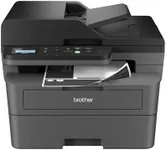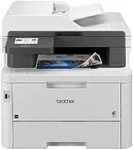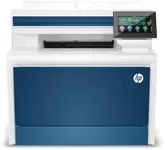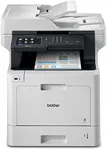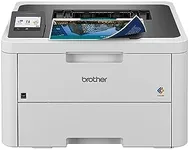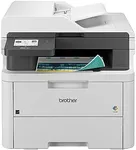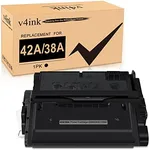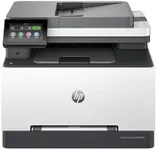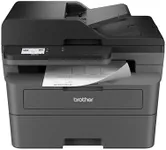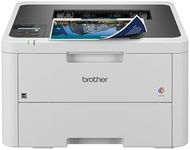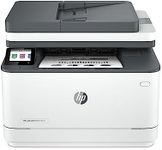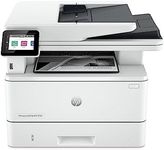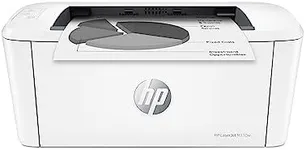Buying Guide for the Best Laser Printer
Choosing the right laser printer can be a daunting task, but with a little guidance, you can find the perfect model to suit your needs. Laser printers are known for their speed, precision, and efficiency, making them ideal for both home and office use. When selecting a laser printer, it's important to consider several key specifications to ensure you get the best performance and value for your specific requirements.Print SpeedPrint speed, measured in pages per minute (PPM), indicates how quickly a printer can produce documents. This spec is important because it affects how long you'll wait for your print jobs to complete. For home use or small offices, a print speed of 20-30 PPM is usually sufficient. For larger offices or high-volume printing needs, look for printers with speeds of 40 PPM or higher. Consider your typical print volume and how often you need to print large documents to determine the right speed for you.
Print QualityPrint quality is measured in dots per inch (DPI) and determines the clarity and detail of the printed documents. Higher DPI values result in sharper and more detailed prints. For general text documents, a DPI of 600x600 is usually adequate. If you need to print high-quality graphics or images, look for a printer with a DPI of 1200x1200 or higher. Assess the type of documents you print most frequently to choose the appropriate print quality.
Duty CycleThe duty cycle is the maximum number of pages a printer can handle in a month without experiencing wear and tear. This spec is crucial for understanding the printer's durability and suitability for your printing needs. For home use or small offices, a duty cycle of up to 10,000 pages per month is typically sufficient. For larger offices or heavy printing environments, consider printers with a duty cycle of 20,000 pages or more. Estimate your monthly print volume to select a printer with an appropriate duty cycle.
Connectivity OptionsConnectivity options determine how you can connect your devices to the printer. Common options include USB, Ethernet, Wi-Fi, and Bluetooth. USB connections are reliable for direct connections to a single computer. Ethernet is ideal for wired network connections in an office setting. Wi-Fi allows for wireless printing from multiple devices, which is convenient for both home and office use. Bluetooth is useful for quick, short-range printing from mobile devices. Consider your typical printing setup and choose a printer with the connectivity options that best match your needs.
Paper HandlingPaper handling refers to the types and sizes of paper a printer can accommodate, as well as the capacity of its paper trays. This spec is important for ensuring the printer can handle your specific printing tasks. For standard document printing, a printer with a 250-sheet input tray and support for letter and legal sizes is usually sufficient. If you need to print on different media types, such as envelopes, labels, or cardstock, look for a printer with multiple trays and versatile paper handling capabilities. Assess your typical printing tasks to determine the right paper handling features for you.
Toner Cartridge YieldToner cartridge yield indicates the number of pages a cartridge can print before needing replacement. This spec is important for understanding the ongoing cost of printer supplies. Standard-yield cartridges are suitable for low to moderate print volumes, while high-yield cartridges are more cost-effective for high-volume printing. Consider your print volume and how often you want to replace cartridges to choose a printer with the appropriate toner yield.
Additional FeaturesAdditional features such as duplex printing, scanning, copying, and faxing can enhance the functionality of your laser printer. Duplex printing allows for automatic double-sided printing, saving paper and reducing costs. Multifunction printers (MFPs) that include scanning, copying, and faxing capabilities are ideal for office environments where these tasks are frequently performed. Consider the additional tasks you need your printer to perform and choose a model with the features that will make your workflow more efficient.
